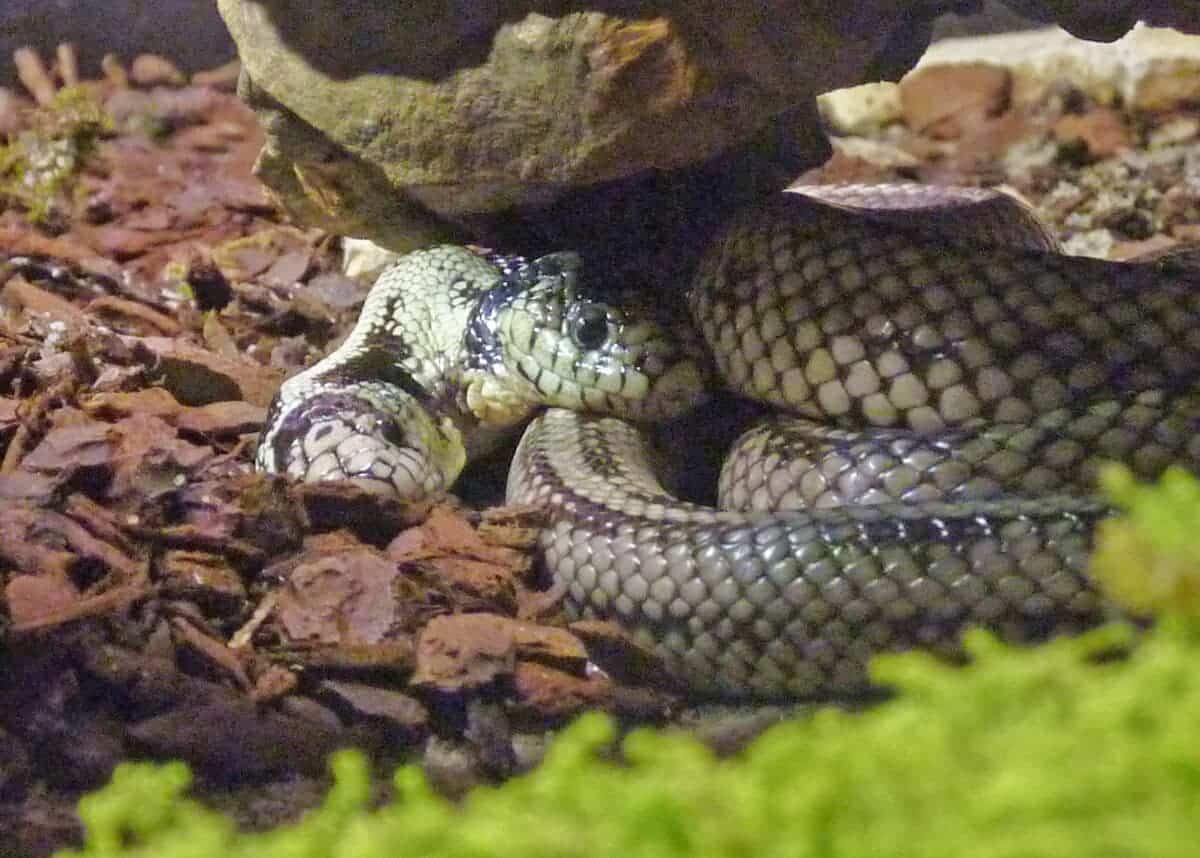Life is hard enough for a snake with one head, but the addition of another head makes for a confusing time for some snakes. Two-headed snakes, while rare, do exist, and they offer a unique opportunity for scientists to study these fascinating anomalies. This article delves into the intriguing world of two-headed snakes, their challenges, and the scientific insights they provide.
A Rare and Perplexing Phenomenon
Two-headed snakes are not mere creatures of myth; they are real, albeit extremely rare. Scientists occasionally encounter these unusual snakes, providing a glimpse into their lives. The discovery of a two-headed snake in Spain near the village of Pinoso serves as a prime example. This particular snake, a two-month-old non-venomous ladder snake Elaphe scalaris, measured about eight inches in length.
Survival Struggles
Surviving in the wild is an immense challenge for two-headed snakes. Even simple tasks, such as feeding, become complicated. The two heads often compete over prey, making feeding a time-consuming and vulnerable process. Additionally, decision-making becomes problematic as both heads struggle to agree on which direction to go. In the face of danger, their ability to respond quickly is severely hampered.
A Hindrance in the Wild
Two heads are a significant hindrance in the wild, making it more challenging to catch prey. Even in captivity, they face difficulties, particularly when it comes to their reliance on smell. If one head detects the scent of prey on the other’s head, it might attack and attempt to swallow its companion.
Despite these challenges, two-headed snakes can thrive in captivity, and some have even reproduced. Thelma and Louise, a two-headed corn snake at the San Diego Zoo, had 15 normal offspring.
The Anomaly of Nature
Two-headed snakes typically form similarly to how Siamese twins do in humans. An embryo begins to split into identical twins but stops partway through, resulting in two heads. The exact point at which the embryo stops separating determines the degree of duplication of organs and the competition between the two heads.
The prevalence of two-headed snakes is challenging to determine, as most of them do not survive long in the wild. There is speculation that captive inbreeding may lead to more two-headed births than in the wild.
Insights and Opportunities
These two-headed snakes are not mere mutations of nature; they are individual organisms with motivations and unique characteristics. Scientists see them as an opportunity to study cooperation and the complexities of controlling the same body with two nervous systems. The study of these fascinating creatures may shed light on the survival challenges faced by Siamese twins and provide valuable insights into the world of conjoined animals.
In summary, the lives of two-headed snakes are indeed confusing, but they offer a unique lens through which we can explore the complexities of nature and cooperation in the animal kingdom. While they may face significant challenges, these remarkable creatures teach us valuable lessons about individuality and survival in the wild.
Next up in the animal kingdom:
Watch: The Longest Snake In the World Unveiled
Mysteries Of The Brown Snake Bite
Must-Watch: Epic Wildlife Moment Captured as Jaguar Battles Anaconda
Join our Forum for free today!

- The Kleptomaniac Cat That Rules Houston - July 20, 2024
- Elephant Makes a Lifelong Friend at Sanctuary in Tennessee - July 14, 2024
- Evidence For World’s Oldest Fossilized Forest Discovered in New York - July 11, 2024

